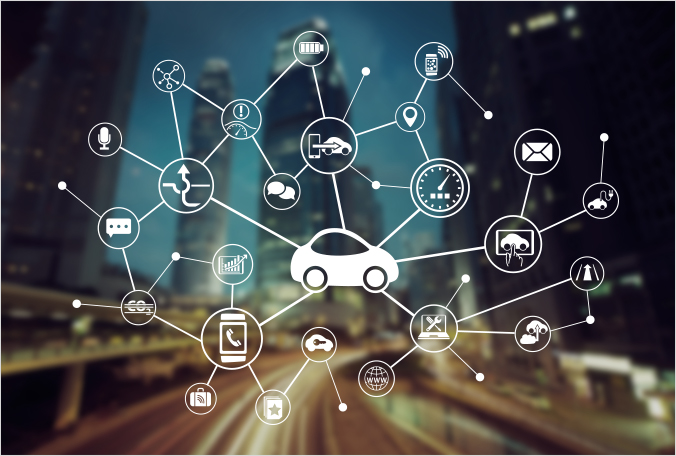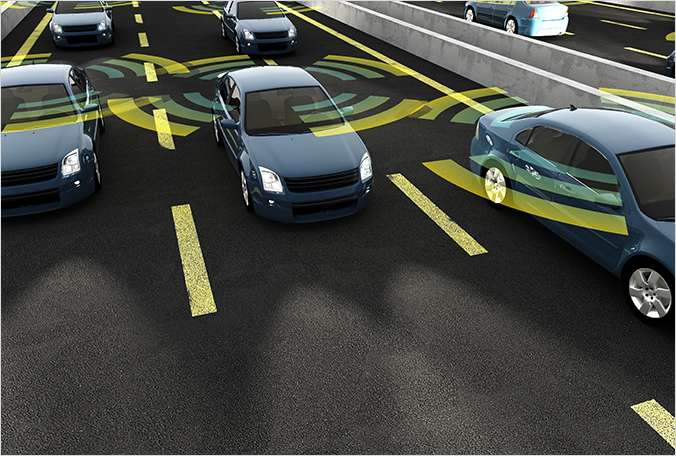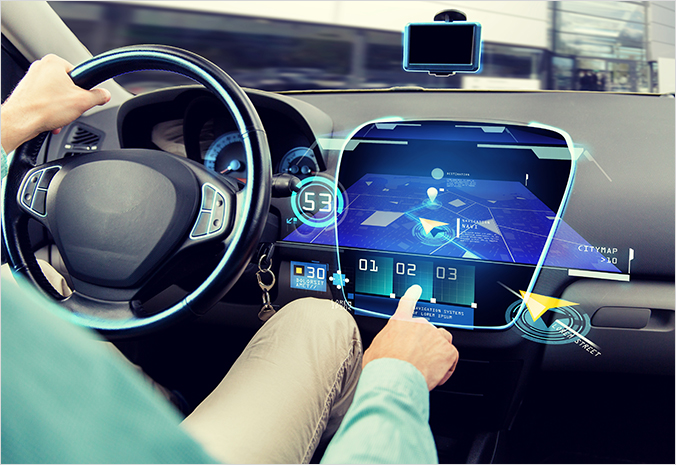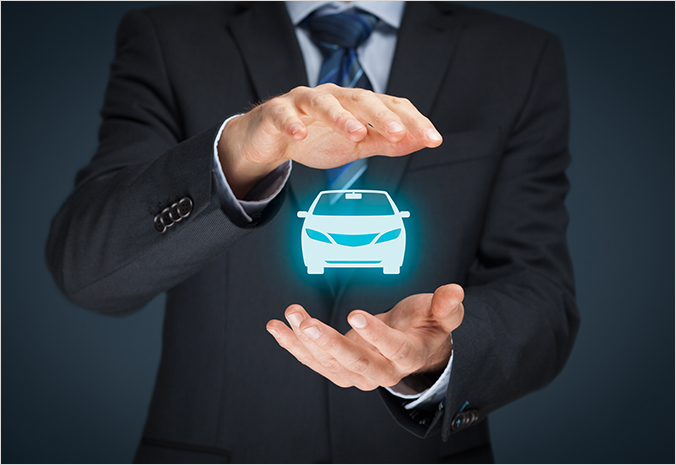

In movies, we often see the hero hailing his car through a watch, and the car would drive to its owner while avoiding all the obstructions. What if we can see this imaginary car in real life? Here is a ‘connected car’, the future of cars.

A ‘connected car’ is a future car that can maintain online accessibility on a real-time basis through the convergence of automotive technology and information technology (IT). It has access to transportation facilities or information required when driving on the road while also connecting to other vehicles for seamless communication. Meanwhile, it enables more convenient driving based on remote control. Simply speaking, it is a car that has functions that go above and beyond those found in a smartphone.
Connected cars, which include a sensor-based safety system, automatic parking, unmanned self-driving, remote control, smart device interlock, and intelligent traffic network in addition to just navigation, will be the basic framework for all systems aiming at future vehicles, as well as the being the catalyst that achieves convergence of various smart technologies.
Experts agree that connected cars will become universalized after 2020. In the same way that smartphones have dramatically changed our lives, we look forward to the great changes that will be brought by connected cars.

Market research agency ‘BI Intelligence’ forecasted that the global market size of connected cars will amount to $160 billion in 2020. This means that roughly 75% (69 million cars) of global motor vehicle production (92 million cars) will be connected cars. Considering the growth and supply rate of the mobile network market that is closely associated with connected cars, it seems that the marketability is clear. The desire for a more convenient world will instantly gravitate to cars.

1) Optimum driving environment
Drivers can drive in optimum conditions in a connected car, which automatically measures and controls the temperature and humidity inside. The car automatically adjusts the environment to be most comfortable for the driver by reflecting the driver’s usual driving habits.
2) Perceiving emergencies
A few automakers are already providing a request system for emergency rescue and remote automotive diagnostic service. Europe will implement its own lifesaving system using connected cars starting from 2018. Once this technology is applied, it will enable quicker handling by relaying information about emergencies, such as sending the location information of the car to the emergency rescue center and determining whether the air bags inflated or not.
3) Preventing accidents
Connected cars are also useful in areas vulnerable to accidents since they are connected to traffic and communication facilities. Accidents can be prevented by installing a sensor connected with the Internet of Things (IoT) and reducing speed or issuing a warning call. Also, accidents caused by malfunctions in components can also be prevented by collecting big data through connections to major components and detecting movements that seem different than usual.

It goes without saying that everything in reality, in addition to online, is connected through the internet. As a result, there are increasing issues with regards to personal information. The biggest challenge for connected cars is also the protection of privacy. Information contained in connected cars is directly linked to the driver’s safety, which underscores how vital it is. Currently, many manufacturers and developers are sparing no expense in investing in security technology to also implement this functionality.
Connected car, a future car to enrich our lives!
Cars today have also attained remarkable development, but it seems that they will become an aggregate of advanced science that transcends our imagination in the near future. We look forward to the days when everyone can benefit from connected cars equipped with reliable security systems. 

